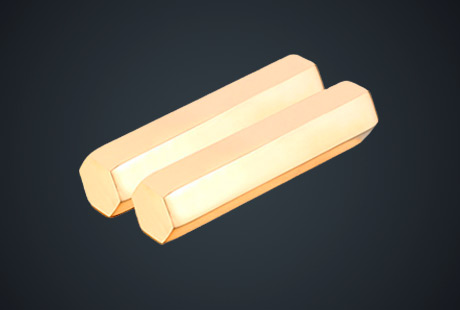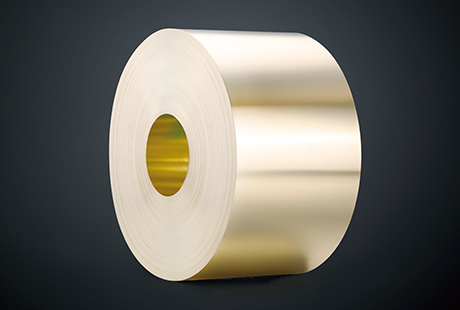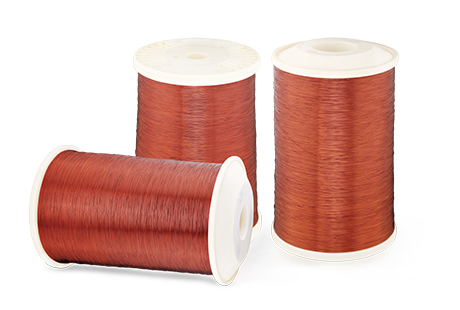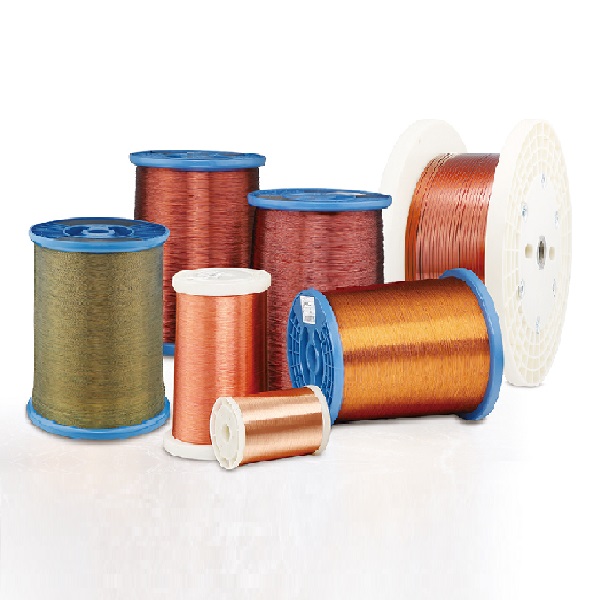In the world of metal materials, copper and its alloys occupy an important position. Copper strip and brass strip, as two widely used copper-based materials, are valued for their unique properties and wide applications. Although they have many similarities in many aspects, there are significant differences in material composition, physical properties, and application areas. This article aims to explore the differences between copper strip and brass strip in depth and analyze their specific advantages in different applications.
Differences in Material Composition
Copper Strip
Copper strip, also known as electrolytic copper strip, is mainly composed of pure copper, with a purity generally above 99.9%. The remarkable feature of copper strip is its excellent electrical and thermal conductivity, thanks to the physical properties of pure copper. The chemical properties of pure copper are stable, except gradually oxidizing into green copper rust in moist environments, it remains relatively stable under other conditions.
Brass Strip
Brass strip is a copper-zinc alloy, mainly composed of copper and zinc. The properties of brass vary depending on the zinc content. Generally, the copper content in brass is between 55% and 70%, and the zinc content is between 45% and 30%. Compared to copper strip, brass strip has better mechanical processing properties and wear resistance, but lags slightly behind in terms of electrical and thermal conductivity. Jintian stands out as one of the professional brass strip suppliers, providing high-quality products for diverse needs.
Comparison of Physical Properties
Electrical and Thermal Conductivity
Due to its high purity copper quality, copper strip has excellent electrical and thermal conductivity, making it very popular in the fields of power and electronics. In contrast, although brass strip falls short in electrical and thermal conductivity, it still meets certain industrial demands.
Mechanical Properties
Due to the addition of zinc, brass strip not only has higher hardness but also good corrosion resistance and processing properties. This makes brass strip excel in applications that require certain strength and plasticity. Although copper strip has relatively low hardness, its plasticity is excellent, making it suitable for cold and hot working.
Corrosion Resistance
Both copper strip and brass strip have certain corrosion resistance, but due to different compositions, their performances differ. Copper strip performs stably in most environments, while brass strip, due to the presence of zinc, exhibits better corrosion resistance in specific environments.
Differences in Application Areas
Applications of Copper Strip
Copper strip is mainly used in the electrical and electronics industries, such as making cables, electromagnetic wires, motor, and transformer conducting components. Additionally, it is widely used in the decorative field, such as the production of art pieces and architectural decorations. Due to its excellent conductivity, copper strip is a key material for manufacturing circuit boards and other electronic devices. Moreover, copper strip is commonly used in the production of heat exchangers and radiators, utilizing its outstanding heat conductivity to improve equipment cooling efficiency.
Applications of Brass Strip
Due to its excellent mechanical performance and processing properties, brass strip is widely used in mechanical manufacturing, shipbuilding, automotive, construction, and decoration industries. In the mechanical manufacturing field, brass strip is often used to produce various precision components such as gears, bearings, and valves. In the construction field, due to its good corrosion resistance and aesthetic appearance, brass strip is frequently used for making door and window fittings, decorative strips, and railings. Additionally, brass strip also plays a role in the music field, such as in the production of various brass instruments, providing unique tones.
Trends in Technology and Market Development
With the advancement of technology and changes in market demand, the production technology of copper strip and brass strip is constantly evolving. Manufacturers are committed to improving the purity, strength, and plasticity of materials to meet higher-level application requirements. Meanwhile, environmental protection and sustainability have become new development directions, and how to reduce environmental impact while ensuring performance has become a focus of material research and development.
In terms of the market, due to the rapid development of the electronic and electrical industries, the demand for copper strip continues to grow. As the global construction and manufacturing industries expand, the application scope of brass strip is also widening. Price fluctuations and resource availability also affect the market of these two materials, manufacturers and users need to closely monitor market dynamics to adapt to industry changes.
Conclusion
Copper strip and brass strip each have their unique properties and application areas, understanding the differences between them helps in more reasonable selection and use of these materials. Whether in the high-tech industry or in daily life, copper strip and brass strip play indispensable roles. In the future, with the development of technology and changes in market demand, their application areas are expected to further expand, making greater contributions to the development of human society.

 English
English 한국어
한국어 français
français Deutsch
Deutsch Español
Español italiano
italiano العربية
العربية tiếng việt
tiếng việt Türkçe
Türkçe ไทย
ไทย 中文
中文





